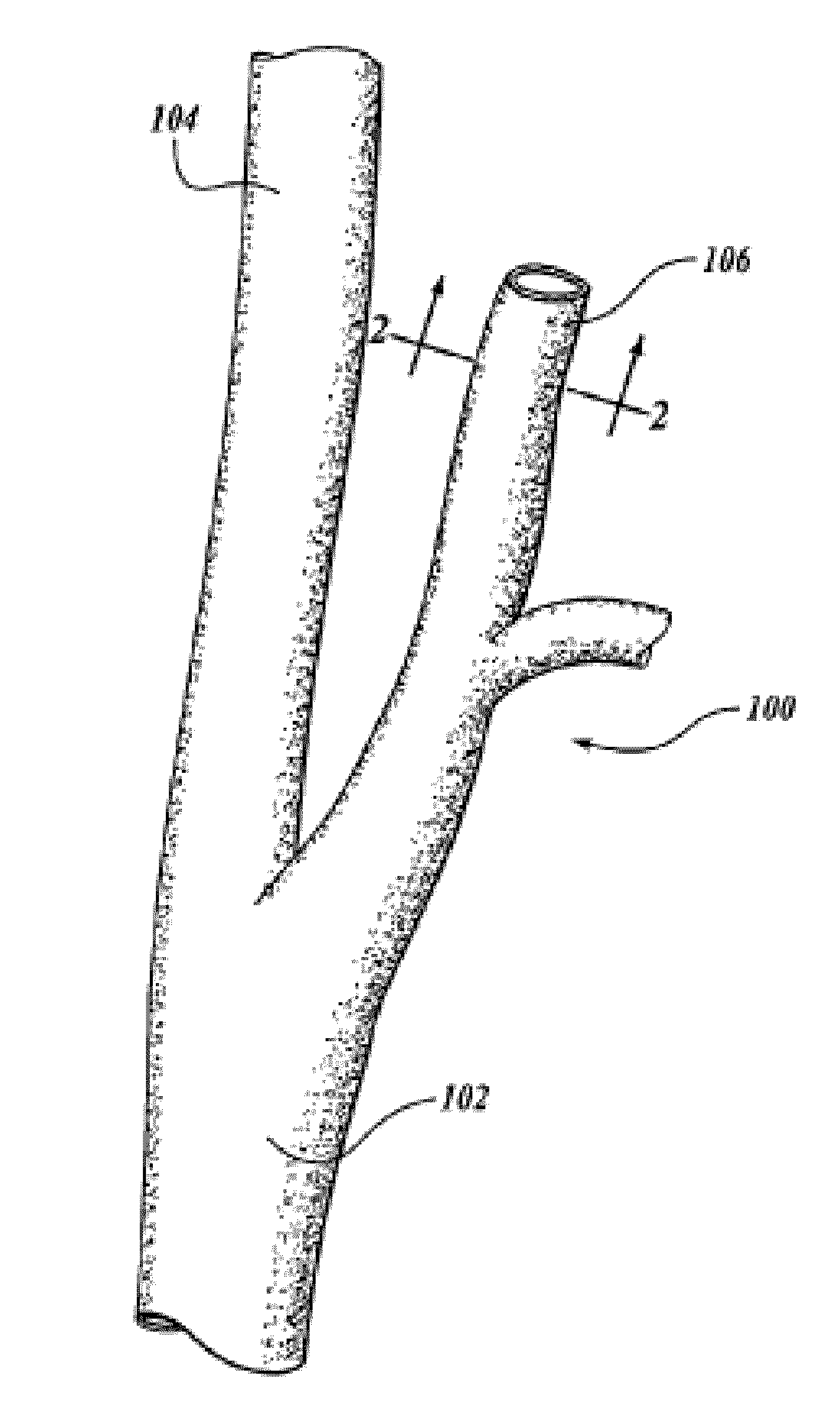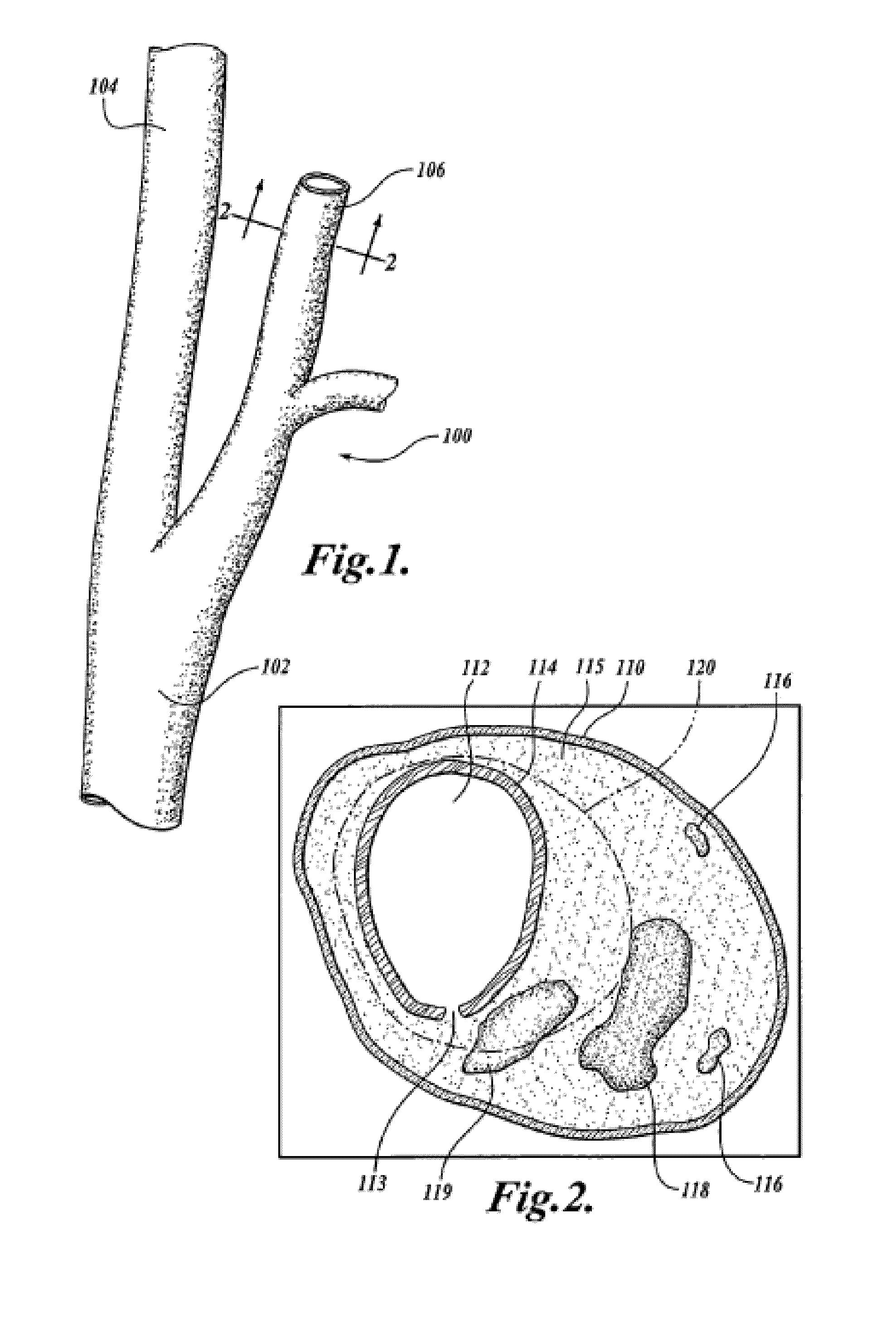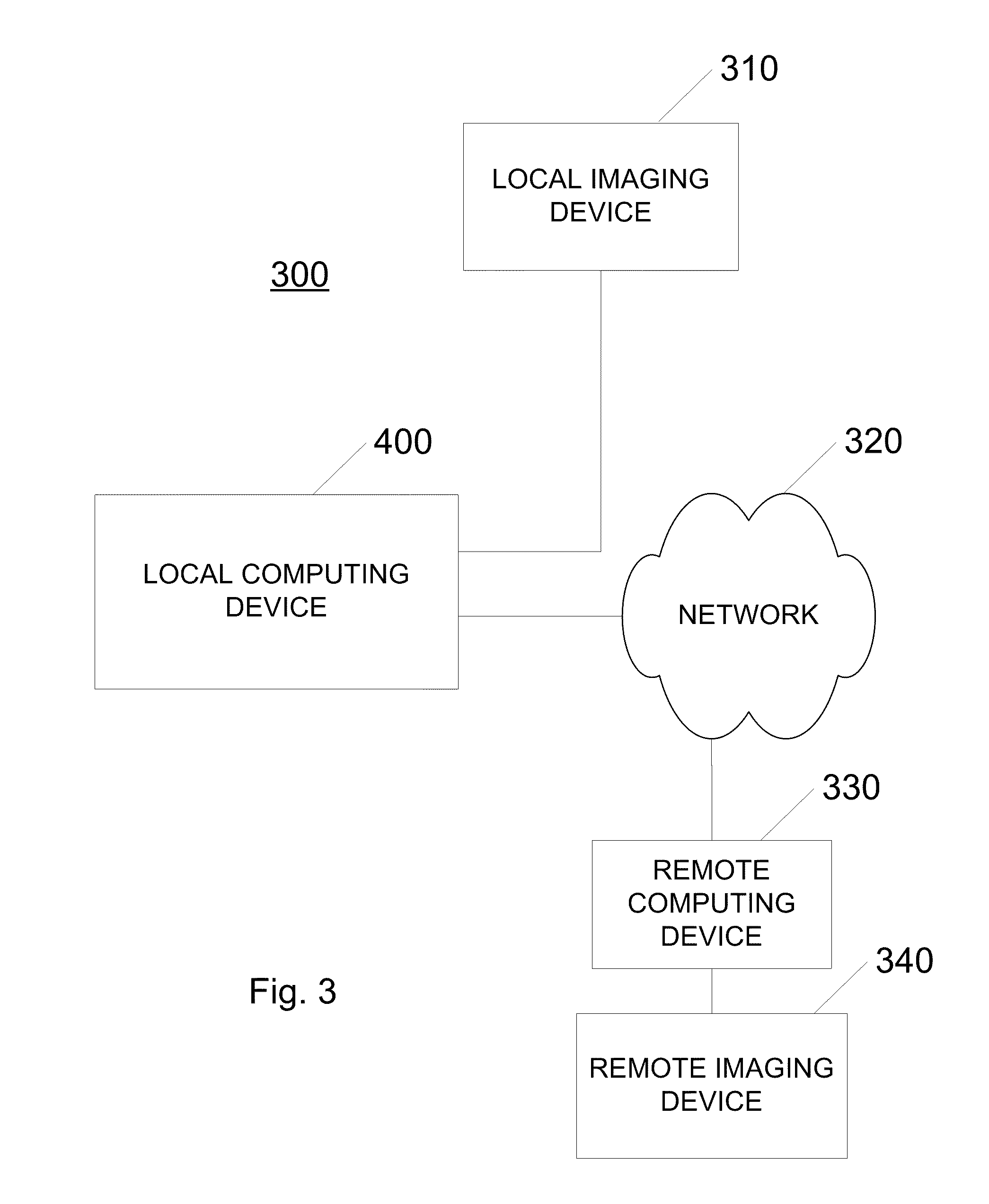Method and System for Plaque Lesion Characterization
a plaque and lesion technology, applied in the field of methods for assessing patients risk, can solve the problems of increasing risk, serious damage, and increasing mortality worldwide, and achieve the effect of reducing or eliminating stroke risk
- Summary
- Abstract
- Description
- Claims
- Application Information
AI Technical Summary
Benefits of technology
Problems solved by technology
Method used
Image
Examples
example process
[0041]B. Example Process
[0042]With reference to FIGS. 5, 6, 7 and 8, in a process 500 to analyze the image data to assess a patient's risk for a clinically significant event such as stroke, the user first selects a specific patient and exam for analysis (510). In this step, DICOM headers of the images are read to determine which images meet the analysis requirements (based on MRI scan parameters set at the time of imaging). The images that meet the requirements are classified according to patient, date of exam, and contrast weighting (e.g. T1-weighted (“T1W”), T2-weighted (“T2W”), time-of-flight weighted (“TOF”), and / or proton density weighted (“PDW”)).
[0043]The user then selects which contrast weightings are to be included in the analysis, sets the longitudinal extent (number of slices) of the analysis, and establishes the longitudinal alignment of the images by selecting the location of a common landmark (e.g. the carotid artery bifurcation (e.g., B in FIGS. 6(a) and 710 in FIG. 7...
PUM
 Login to View More
Login to View More Abstract
Description
Claims
Application Information
 Login to View More
Login to View More - R&D
- Intellectual Property
- Life Sciences
- Materials
- Tech Scout
- Unparalleled Data Quality
- Higher Quality Content
- 60% Fewer Hallucinations
Browse by: Latest US Patents, China's latest patents, Technical Efficacy Thesaurus, Application Domain, Technology Topic, Popular Technical Reports.
© 2025 PatSnap. All rights reserved.Legal|Privacy policy|Modern Slavery Act Transparency Statement|Sitemap|About US| Contact US: help@patsnap.com



